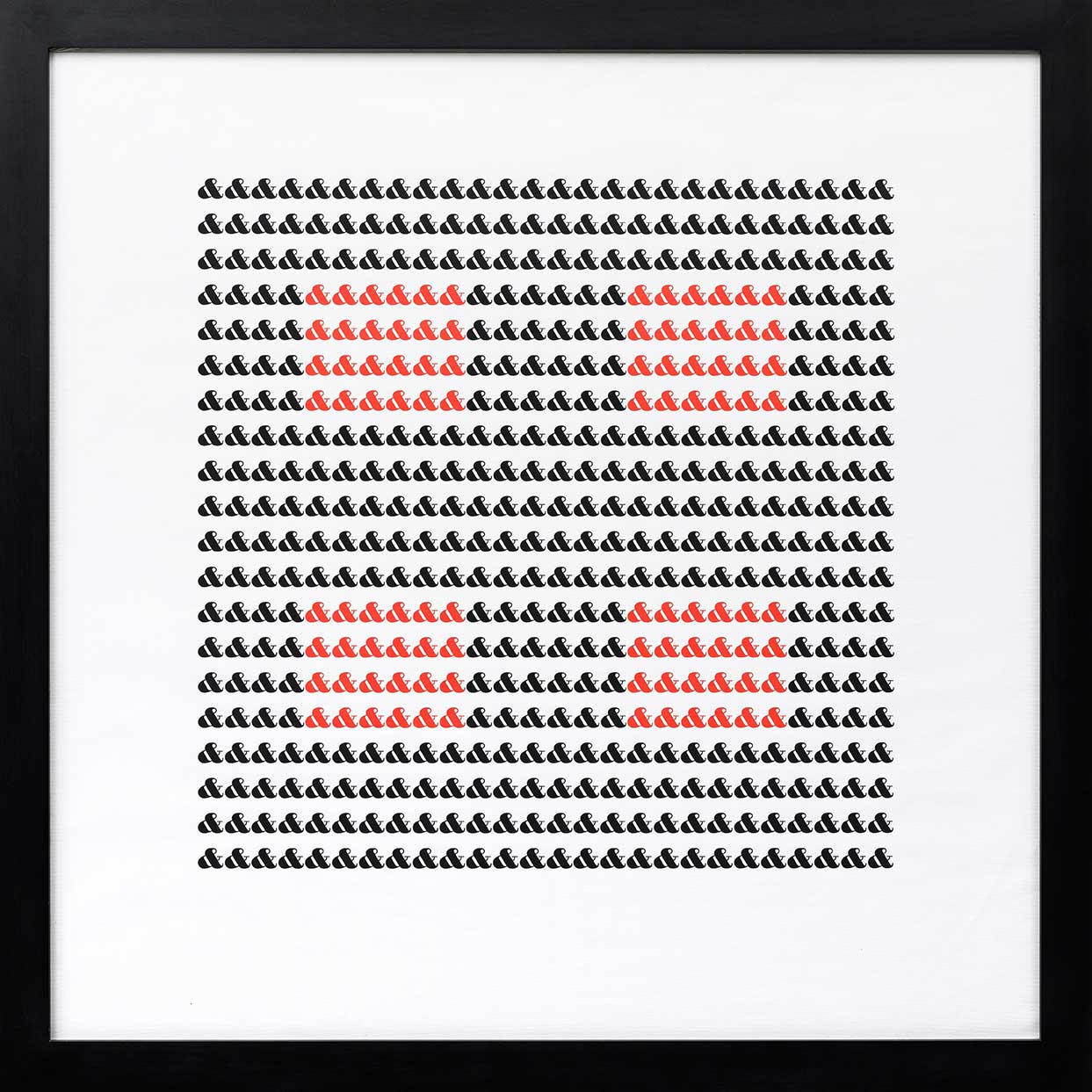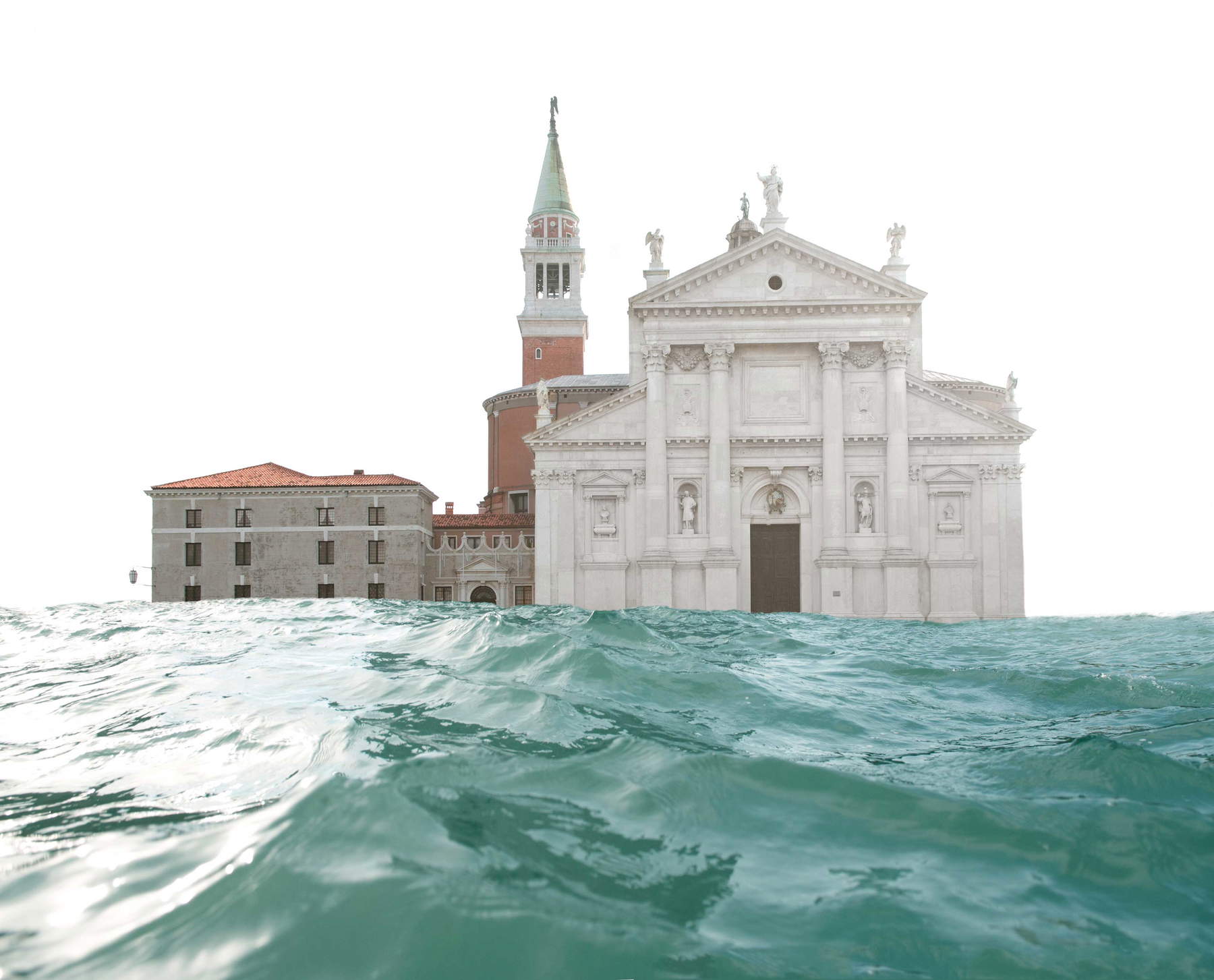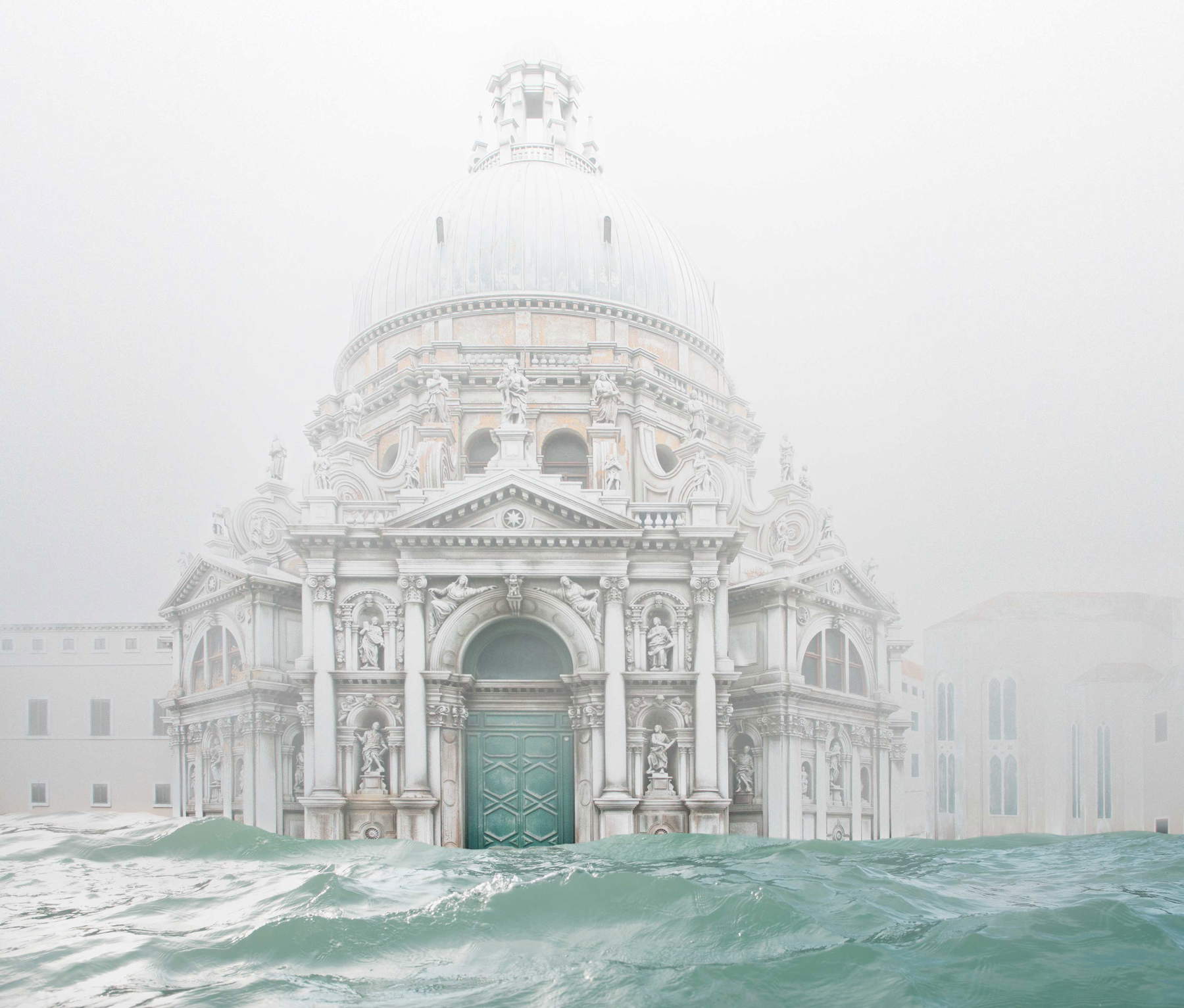In 2025, the Ministry of Foreign Affairs and International Cooperation celebrates an important milestone: the 25th anniversary of its Contemporary Art Collection, one of the most important public collections dedicated to Italian art from the post-World War II period to the present. For the occasion, an international exhibition project entitled Identity beyond the Border comes to life, which takes on a strategic role in the current European and global cultural landscape. The traveling project, hosted in the Italian Cultural Institutes of Berlin (June 19 to July 21, 2025), Vilnius (Lithuania) (Sept. 19 to Oct. 26, 2025) and Valletta(Malta) (June 2026), is an opportunity to reaffirm the value of Italian culture in intercultural dialogue and to promote deep reflection on some of the most urgent and complex issues of contemporary life: the relationship between human beings and nature, the concept of identity, and environmental and social sustainability. The curatorship is entrusted to Benedetta Carpi de Resmini, an art historian and critic of international renown, who has built the exhibition itinerary around a rigorous thematic, rather than chronological or gender-based selection, although in a natural way the voices of female artists emerge, protagonists of a narrative that interweaves biology, politics, aesthetics and social commitment. Indeed, the exhibition takes the form of a critical and poetic discourse that interrogates the traditional boundaries of personal and collective identity, proposing a new paradigm of coexistence with nature based on respect, care and listening. In an era marked by unprecedented climatic emergencies, the crisis of natural resources, and heightened geopolitical tensions, Identity Beyond Boundaries is a spokesperson for a cultural urgency that invites us to rethink our relationship with the planet and the diverse forms of life that inhabit it. The works on display bear witness to an intense reflection on the ways in which humans interact with the environment, ranging from a critical analysis of extractive practices and indiscriminate consumption to the celebration of forms of resistance and regeneration capable of pointing to possible ways out.
"Identity beyond borders," comments Marco Maria Cerbo, Head of the Unit for the Coordination of Italian Institutes of Culture, “encompasses many of the essential elements of cultural diplomacy: the circulation in important places on the international scene, the value of synergies with partners in the cultural sector, and the promotion abroad of Italian artists, including emerging ones, which is made concrete thanks to the diplomatic-cultural network of the Ministry of Foreign Affairs and International Cooperation.”
“The works in the exhibition were not selected on the basis of genre, but rather identified following an in-depth analysis of the Farnesina Collection, conducted within the framework of the theme I had initially chosen to address,” the curator explains. “That analysis revealed how these subjects are predominantly addressed by female artists. The focus stems from an awareness of the deep and symbolic bond that historically unites women with nature. Traditionally associated with fertility, care and Mother Earth, women offer a sensitive and critical perspective on issues of sustainability, ecological crisis and identity.”
The works in the exhibition cover a time span from the 1950s to the present, traversing multiple artistic languages: painting, sculpture, installations, video art and performance. This variety of media makes the complexity of the issues addressed palpable, allowing the audience to immerse themselves in different sensory and intellectual experiences. An emblematic work, specially included in the itinerary, is Fibonacci (1975) by Mario Merz, recently acquired by the Farnesina Collection. The work, named after the famous numerical sequence found in many natural structures, symbolizes the search for a balance between mathematical order and organic forms, and is a powerful metaphor for the intercultural and interdisciplinary dialogue that the exhibition aims to promote. The choice of Merz, a leading exponent of arte povera, underscores the link between nature and art as inseparable dimensions, in which mathematics becomes a universal language and a bridge between science, aesthetics and philosophy.
Prominent among the featured artists are fundamental figures in the history of contemporary Italian art such as Carla Accardi, Ketty La Rocca, Maria Lai and Elisa Montessori, who have traced innovative and courageous paths on the theme of the body, language and nature. Alongside them, more recent voices such as Silvia Giambrone, Marinella Senatore, Loredana Di Lillo and Elena Bellantoni represent the continuity and evolution of a female reflection that maintains a strong political and social awareness. The intergenerational dialogue creates a rich and articulate narrative, capable of capturing the complexity of the present and offering new interpretative horizons. The first stage of the exhibition, hosted in Berlin at the Italian Cultural Institute, takes on a particularly relevant significance. Berlin, a city of great historical and cultural transformations, a symbol of division and reconciliation, offers an ideal context for a reflection on shifting identities and the possibilities of intercultural dialogue. Here the theme of the relationship with nature takes on additional levels of meaning, posing itself as a challenge and an opportunity to build a more sustainable and inclusive future.


“This exhibition intends to open a different vision and emphasize the importance of questioning human centrality and opening a deeper dialogue with the planet and other natural forms, trying to break that relationship based on domination and exploitation,” the curator adds.
The exhibition is enriched with site-specific interventions by a number of female artists with ties to Berlin. Elena Bellantoni, an artist with personal and professional ties to the city, has created The Fox Manifesto, a work of visual poetry inspired by her video The Fox and The Wolf: struggle for Power (2014). The work takes the form of a symbolic tale of conflict and resolution, where the body and language come together to imagine possibilities for coexistence and transformation. Martina della Valle instead proposes BLU Under the Sun of Onomichi (2009), an origami installation that poetically reflects on the ecological wounds of our time, evoking memories of catastrophes and hopes for rebirth. Tomaso Binga closes the Berlin itinerary with his visual poemNatura Morta (1978), which denounces the violence suffered by nature and society, evoking the history of a Europe marked by divisions and conflicts.



 |
| Identity across borders: the dialogue between man and nature in the Italian Cultural Institutes of Berlin, Vilnius and Malta |
Warning: the translation into English of the original Italian article was created using automatic tools. We undertake to review all articles, but we do not guarantee the total absence of inaccuracies in the translation due to the program. You can find the original by clicking on the ITA button. If you find any mistake,please contact us.